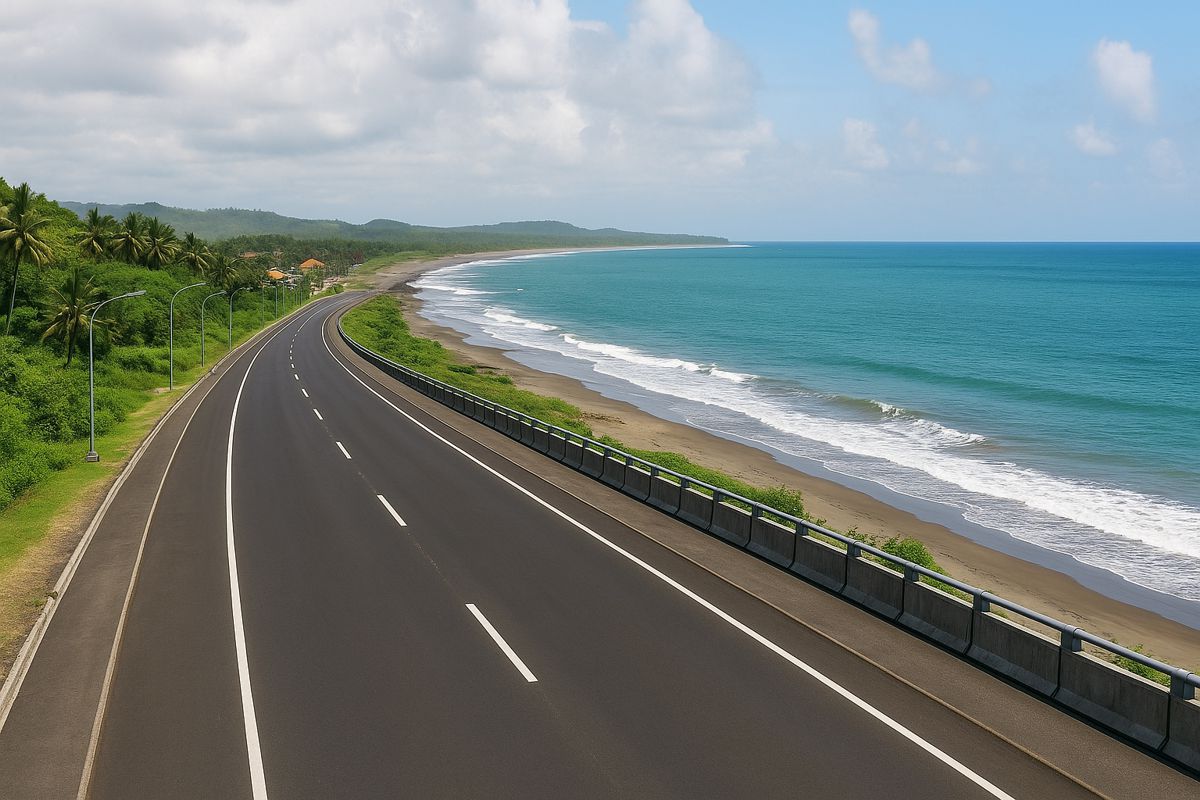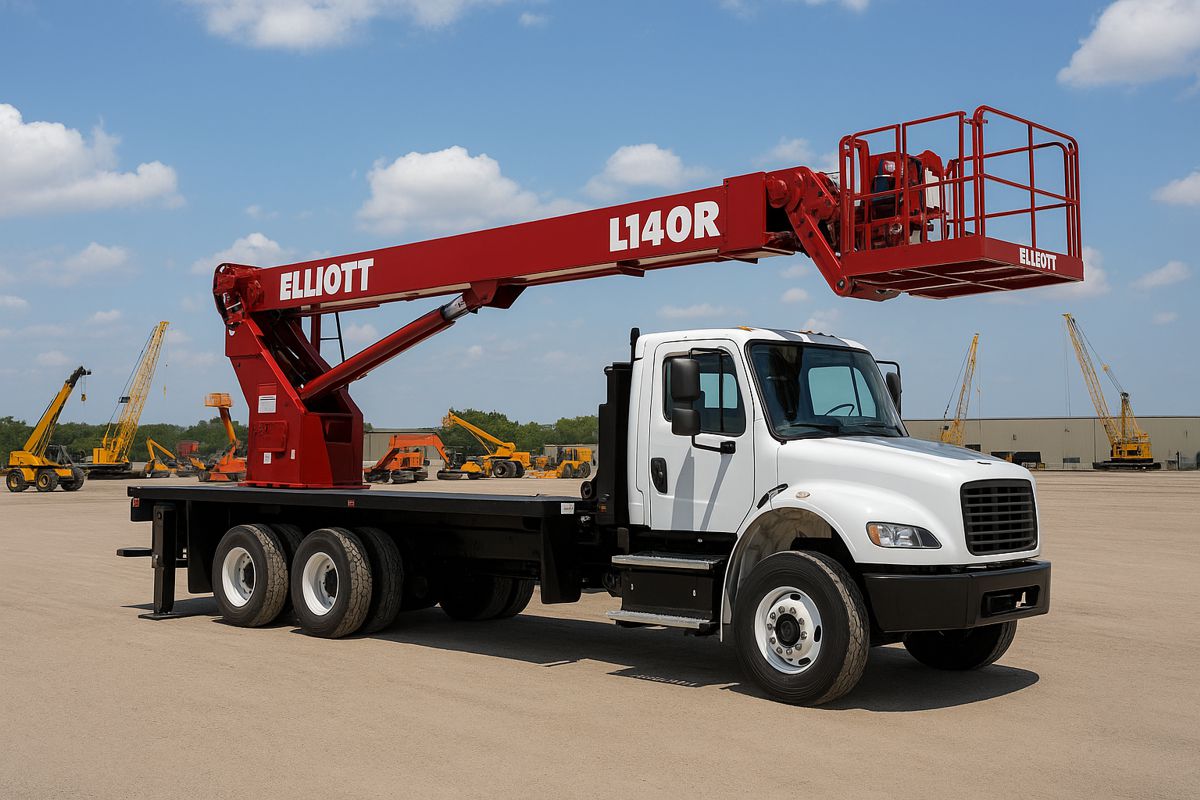Rebounding US economy puts more drivers on Washington State Highways
As unemployment in Washington state approaches pre-recession levels, more drivers hit the road in 2016, and again followed the lead of the local economy.
Between 2014 and 2016, commuters in urban areas throughout Washington saw increases in congestion and delay, due largely to the effects of drivers traveling more miles on already-crowded urban highways. The number of miles drivers traveled on state highways increased 6.4 percent from 2014 to 2016 (to a new high of 34.227 billion), according to the Washington State Department of Transportation’s 2017 Multimodal Corridor Capacity Report.
In addition, 3.2 percent more passenger vehicles were registered in 2016 than in 2014. During the same period, the number of licensed drivers increased by 4.3 percent. All these factors combined to add more drivers to Washington State’s already busy road network.
The number of people riding transit during daily peak periods increased 8 percent on urban commute corridors, from 88,150 in 2014 to 95,300 in 2016. As an example, transit moved 4.5 general-purpose lanes full of cars—equivalent to 52,887 people–on I-5 between Federal Way and Everett during morning and evening peak periods on average weekdays.
Other highlights from the 2017 Report include:
- Of the five monitored freeway corridors in the central Puget Sound region, three (I-5, I-405, I-90) saw congestion increases of 76 percent, 33 percent and 117 percent, respectively, from 2014 to 2016. Tolling and carpooling reduced congestion on SR 520 by 61 percent, while congestion on SR 167 experienced a 4 percent increase compared to 2007 pre-recession levels.
- Travel times are lower and person throughput is higher in High-Occupancy Vehicle (HOV) lanes as opposed to the general-purpose lanes. An example of this is the HOV lane on I-5 at Northgate where travel times were up to 10 minutes more reliable and the movement of people was about 2.5 times higher than in the adjacent general-purpose lanes in 2016.
- HOV lanes accounted for 42 percent of person miles travelled on central Puget Sound region freeways in 2016 while accounting for 24 percent of the region’s lane miles.
- WSDOT Incident Response teams responded to 25.4 percent more incidents (58,235 total) in 2016 than in 2014, with average clearance times around 12 minutes for both years. Proactive work by Incident Response teams resulted in $88 million in economic benefit in 2016, an 18.1 percent increase from 2014.
- WSDOT Ferries annual ridership increased 4 percent from 23.2 million in 2014 to 24.2 million in 2016.
- Amtrak Cascades annual ridership increased 5 percent from approximately 700,000 in 2014 to 735,000 in 2016.
To learn more about WSDOT’s performance or to review the 2017 Corridor Capacity Report, visit www.wsdot.wa.gov/Accountability/.




















